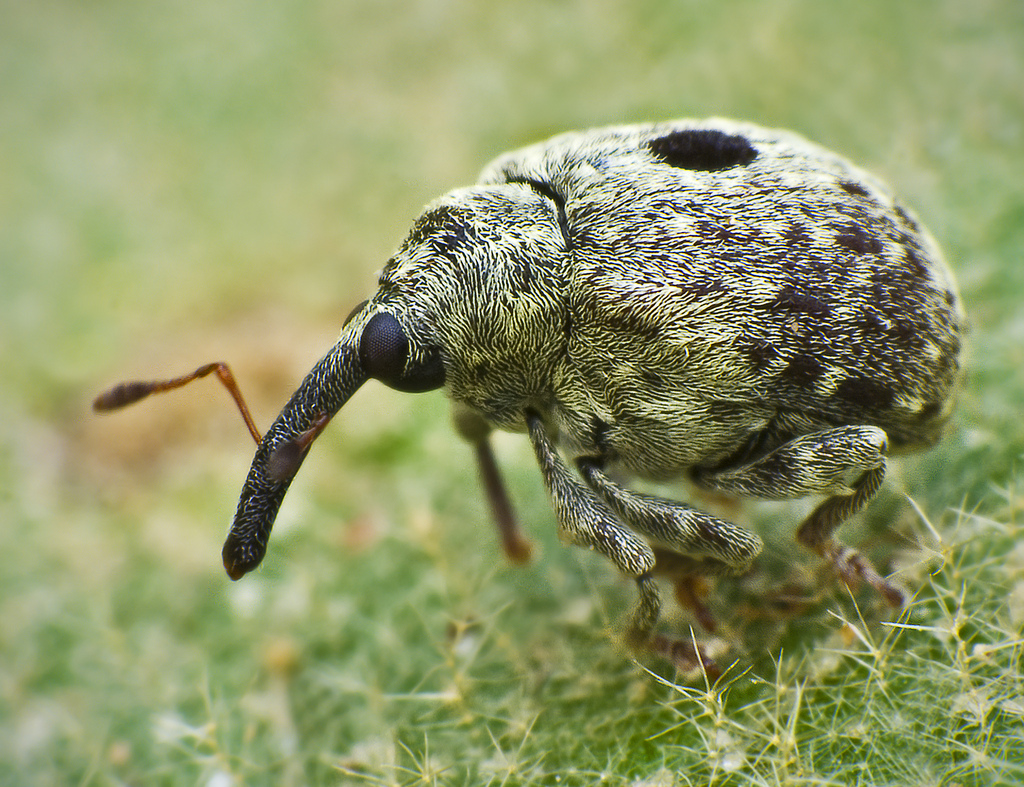|
Plinthodes Foveirostris
''Plinthodes'' is a genus of broad-nosed weevils in the beetle family Curculionidae. There are at least two described species in ''Plinthodes''. Species These two species belong to the genus ''Plinthodes'': * '' Plinthodes foveirostris'' (Chittenden, 1925) * '' Plinthodes taeniatus'' (LeConte, 1857) i c g b Data sources: i = ITIS, c = Catalogue of Life, g = GBIF, b = Bugguide.net References Further reading * * * * Entiminae Articles created by Qbugbot {{Entiminae-stub ... [...More Info...] [...Related Items...] OR: [Wikipedia] [Google] [Baidu] |
John Lawrence LeConte
John Lawrence LeConte MD (May 13, 1825 – November 15, 1883) was an American entomology, entomologist, responsible for naming and describing approximately half of the insect taxon, taxa known in the United States during his lifetime,Bird Name Biographies - URL retrieved September 14, 2006 including some 5,000 species of beetles. He was recognized as the foremost authority on North American beetles during his career, and has been described as "the father of American beetle study".Evans, Arthur V., and James N. Hogue. 2004. Chapter 1: A Brief History of Beetle Study in California. ''Introduction to California Beetles''. University of California Press. , as excerpted a [...More Info...] [...Related Items...] OR: [Wikipedia] [Google] [Baidu] |
Broad-nosed Weevil
The Entiminae are a large subfamily in the weevil family Curculionidae, containing most of the short-nosed weevils, including such genera as ''Entimus'', ''Otiorhynchus'', ''Phyllobius'', ''Sitona'', and ''Pachyrhynchus, Pachyrrhynchus''. In comparison with their stunning diversity, only a few of these weevils are notorious pest (organism), pests of major economic importance. Entimines are commonly encountered in the field, including urban environments, and abundant in entomological collections. Diversity There are over 12,000 described species in the Entiminae subfamily worldwide, distributed in over 1,370 genera, which total nearly 14,000 by more recent counts. Most tribes are represented in only one biogeographic region of the world. The current classification within the subfamily has been recognized as artificial rather than reflecting natural groups. General morphology Besides the shape of their broad and short rostrum, most entimines are easily recognized by the prese ... [...More Info...] [...Related Items...] OR: [Wikipedia] [Google] [Baidu] |
Curculionidae
The Curculionidae are a family of weevils, commonly called snout beetles or true weevils. They are one of the largest animal families with 6,800 genera and 83,000 species described worldwide. They are the sister group to the family Brentidae. They include the bark beetles as the subfamily Scolytinae, which are modified in shape in accordance with their wood-boring lifestyle. They do not much resemble other weevils, so they were traditionally considered a distinct family, Scolytidae. The family also includes the ambrosia beetles, of which the present-day subfamily Platypodinae was formerly considered the distinct family Platypodidae. Description Adult Curculionidae can be recognised by the well-developed, downwards-curved snout (Rostrum (anatomy), rostrum) possessed by many species, though the rostrum is sometimes short (e.g. Entiminae). They have elbowed Antenna (biology), antennae that end in clubs, and the first antennal segment often fits into a groove in the side of the rost ... [...More Info...] [...Related Items...] OR: [Wikipedia] [Google] [Baidu] |
Plinthodes Foveirostris
''Plinthodes'' is a genus of broad-nosed weevils in the beetle family Curculionidae. There are at least two described species in ''Plinthodes''. Species These two species belong to the genus ''Plinthodes'': * '' Plinthodes foveirostris'' (Chittenden, 1925) * '' Plinthodes taeniatus'' (LeConte, 1857) i c g b Data sources: i = ITIS, c = Catalogue of Life, g = GBIF, b = Bugguide.net References Further reading * * * * Entiminae Articles created by Qbugbot {{Entiminae-stub ... [...More Info...] [...Related Items...] OR: [Wikipedia] [Google] [Baidu] |
Plinthodes Taeniatus
''Plinthodes taeniatus'' is a species of broad-nosed weevil in the beetle family Curculionidae The Curculionidae are a family of weevils, commonly called snout beetles or true weevils. They are one of the largest animal families with 6,800 genera and 83,000 species described worldwide. They are the sister group to the family Brentidae. Th .... It is found in North America. References Further reading * * Entiminae Articles created by Qbugbot Beetles described in 1857 Taxa named by John Lawrence LeConte Beetles of North America {{Entiminae-stub ... [...More Info...] [...Related Items...] OR: [Wikipedia] [Google] [Baidu] |
Entiminae
The Entiminae are a large subfamily in the weevil family Curculionidae, containing most of the short-nosed weevils, including such genera as ''Entimus'', ''Otiorhynchus'', ''Phyllobius'', ''Sitona'', and ''Pachyrhynchus, Pachyrrhynchus''. In comparison with their stunning diversity, only a few of these weevils are notorious pest (organism), pests of major economic importance. Entimines are commonly encountered in the field, including urban environments, and abundant in entomological collections. Diversity There are over 12,000 described species in the Entiminae subfamily worldwide, distributed in over 1,370 genera, which total nearly 14,000 by more recent counts. Most tribes are represented in only one biogeographic region of the world. The current classification within the subfamily has been recognized as artificial rather than reflecting natural groups. General morphology Besides the shape of their broad and short rostrum, most entimines are easily recognized by the prese ... [...More Info...] [...Related Items...] OR: [Wikipedia] [Google] [Baidu] |



